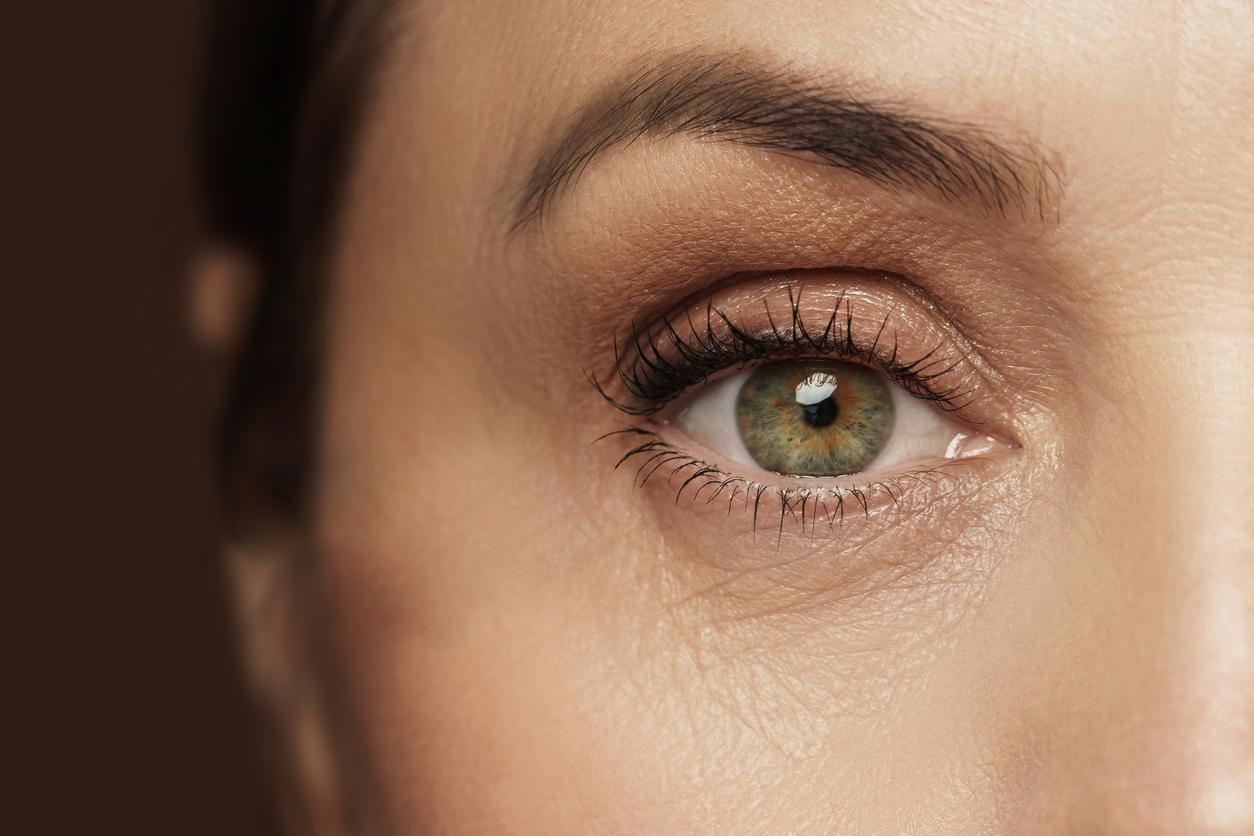
Have your eyes checked
Anyone who sees less well will initially think: I definitely need – new – glasses. But there could also be something else going on. And then it is important to be there on time.
Eye problems can occur at any age, but the risk increases with age. What are the most common eye disorders, what are their consequences and what treatment options are there?
Glaucoma
Bee glaucoma the optic nerve is damaged and the nerve fibers die. Ophthalmologist Rolf Zandbergen: “This is caused by a slowly building up lack of oxygen in the nerve fiber bed. This is usually caused by a too high eye pressure, which in turn is caused by an excess of eye fluid. Sometimes glaucoma also occurs in people with normal eye pressure, especially in women with low blood pressure or anemia. The disease also has a hereditary component: if it runs in the family, you have a higher chance of developing glaucoma as well.”
The consequences
The field of vision is increasingly affected. This process runs from the outside of the eye to the central part of the eye, so that you initially only see the surroundings less sharply. As a result, glaucoma usually goes undetected for a long time. It can therefore take a long time before the condition is discovered without an eye examination. And then it is often too late: the damage incurred cannot be undone.
The treatment
First of all, an attempt is made to lower the eye pressure with eye drops. Rolf Zandbergen: “If that does not help enough, a laser treatment can stimulate fluid drainage, which reduces eye pressure. You can compare this with shooting holes in a sponge, so that the fluid drains better. The last option is: during an operation put a kind of drain that drains the moisture.”
macular degeneration
The images are projected onto the retina. Those images are captured by photoreceptors (cones and rods) and sent to the brain. The central part of the retina, the macula, is responsible for seeing fine details. If this part of the retina shows wear and tear and the cones die (macular degeneration), you will see a spot in the center of the image. Rolf Zandbergen: “The risk of this condition increases with age, but hereditary predisposition also plays a role.” In addition, to smoke an important risk factor.
The consequences
Zandbergen: “One of the first things you notice is that the center of the eye functions less well, so that you see details less well. There are several forms of macular degeneration. In the dry form, particles disappear from the field of view. wet mold distorts the image.”
The treatment
“In the past, macular degeneration was treated with laser light, but today we know that injections give a better result. In this case, medication is injected into the eye with a thin needle. The pain is not too bad, but it has to be repeated every five to six weeks. .” Also certain nutritional supplements (antioxidants such as vitamins C and E) have a positive effect and also have a preventive effect. Zandbergen: “But that doesn’t apply to everyone. For example, it can have the opposite effect for someone who smokes. So always discuss with the ophthalmologist whether nutritional supplements are a good option.”
Diabetic retinopathy
Who diabetes has can diabetic retinopathy (DRP): the blood vessels of the retina then leak. In the more severe form, new weak blood vessels develop that bleed easily. Rolf Zandbergen: “Even if the diabetes is treated well, this eye condition can develop. Sometimes you only notice it when the disease is already in an advanced stage. It is therefore very important to have the eyes checked annually from the moment that diabetes is diagnosed. detected.”
The consequences
Left untreated, DRP can lead to visual impairment and even blindness. In the severe form, this can even happen acutely in rare cases.
The treatment
With a special laser, the affected parts of the retina are turned off to keep the rest in a better condition. “This treatment stops the process,” says Zandbergen, “but it doesn’t increase vision. The damage is irreversible.”
cataract
Clouding of the normally clear lens is called cataract, but the condition is officially called cataract. It is a typical disease of old age. Zandbergen: “Everyone eventually gets it. From the age of sixty, the chance increases further. If it runs in the family, you work with infrared rays or often suffer from eye infections, the risk of premature cataracts is greater.”
The consequences
It is often a slow process, in which various complaints can occur. Your vision may become blurred, the image may become gray and you may experience light glare in the dark, for example when looking at the headlights of oncoming traffic. Double vision with one eye also occurs and many people need increasingly stronger glasses.
The treatment
Advanced cataracts can be corrected with surgery. Zandbergen: “The lens is removed from the lens bag and an artificial lens is replaced. Nowadays we anesthetize with drops, so that the patient can go home immediately after the procedure. After two to three weeks you can see just as well as before the development of the cataract.”
nevus
Birthmarks (naevic) can also occur in eyes. Sometimes they are innate, or they develop over time. Zandbergen: “Our eyes also partly consist of skin tissue. And moles can develop on them, which very sometimes develop into malignant melanoma.”
The consequences
A nevus usually does not cause any complaints, very occasionally you will have blurred vision. Zandbergen: “But if it concerns a melanoma, the consequences can be very serious. The tumor can metastasize, resulting in death. It is therefore important to be present as early as possible. You cannot see a nevus yourself, that requires a retinal photo.”
The treatment
Ordinary moles do not need to be removed, but if it is melanoma, it can be treated well if detected in time. Zandbergen: “The tumor is destroyed by very local irradiation or heating. Often the eye is not only preserved, but vision is also restored.”
retinopathy
An high blood pressure can damage the blood vessels in the eye. Zandbergen: “This can only be seen on a retinal photo or with a special eye mirror.”
The consequences
High blood pressure retinopathy is similar to diabetic retinopathy. Anyone with high blood pressure can therefore become visually impaired and even blind.
The treatment
Zandbergen: “The blood pressure has to be lowered with medication and a laser treatment stops the process in the eye, but the damage that has occurred is irreparable.”
Early diagnosis
Early diagnosis is important for many eye disorders, preferably before symptoms develop. A retinal check is performed to determine whether there may be an early eye condition.
Optometrist Pauline Schenk: “A retinal check is a preventive screening, intended for people who have no complaints yet and who are not being treated by an ophthalmologist. By having your retina checked once every two years, you can prevent your eyes from being damaged unnoticed. increase.” During the eye examination and the retina check, which takes about twenty minutes in total, the eyes are completely measured. The eye pressure is also checked and a picture is taken of the retina.
To ask
Pauline Schenk: “Participants answer questions about, among other things, drug use, any hereditary predisposition and we record data about skin colour. Certain pigment patterns can be normal for someone with dark skin, but indicate an abnormality in white skin. The photo and the remaining results are sent to the lab, where the analysis is performed.”
The results are usually sent by email within five working days, but if there are signs of a condition, the participant will receive a letter at home and a referral letter for the ophthalmologist. The latter is the case in about 1 in 13 people.
Early-stage glaucoma is most often diagnosed, but other conditions such as retinal tears and suspicious moles in the eye also occur. Pauline: “Fortunately, there is nothing wrong with the vast majority.”
Sources):
- Plus Magazine

















